Luke 2:2):
Below you'll see everything we could locate for your search of “Matt 6-9 Luke 1-4”
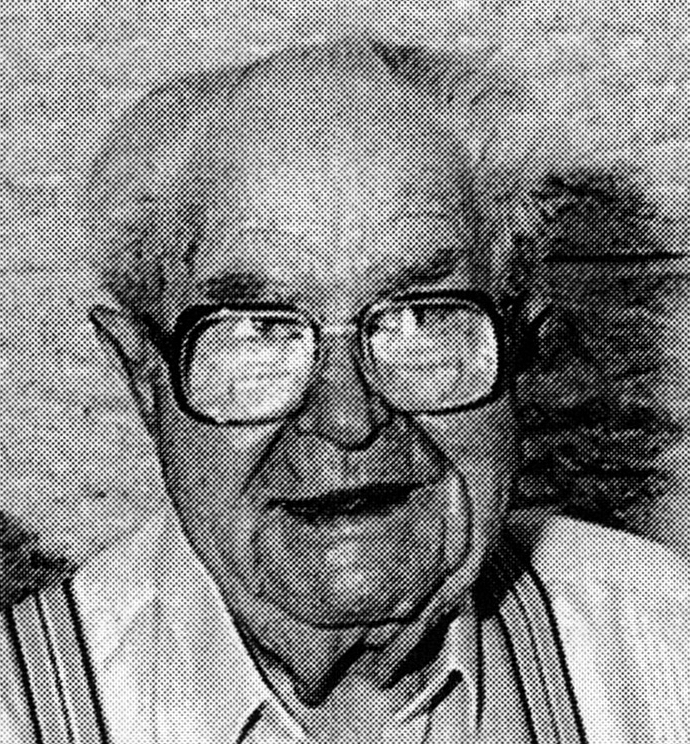
The articles are arranged under three categories: The Dead Sea Scrolls and the New Testament, Jewish and Christian Apocalyptic, and Ancient Judaism and Christianity.
(The same phrase may relate conceptually as well to Matthew 6:25-34.)

When the argument is advanced for a Hebrew “undertext” behind the Greek of the Synoptic Gospels, the evidence may be separated into two categories: internal and external. Internal evidence refers to evidence that is contained within the Greek text such as Hebraisms and the presence of parables or other types of rabbinic literary forms. External evidence refers to statements preserved in other ancient literature that affirm that Jesus’ life was originally recorded in Hebrew. The most important external evidence is a statement made by Papias, bishop of Hierapolis.
Sometime in the middle of the second century A.D., Papias wrote, “Matthew recorded the sayings in Hebrew, and everyone translated them as he was able.”

— wp:list-item –>
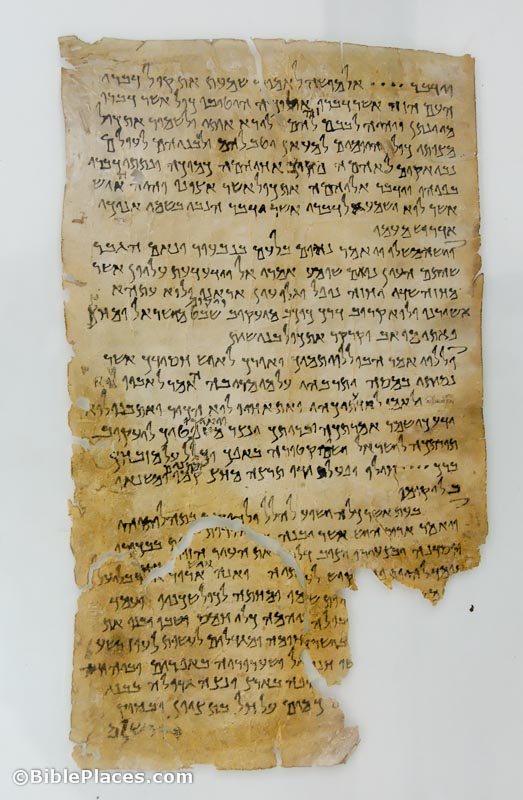
Revised: 2-Sept-2012
According to Luke 1:1, many written accounts of Jesus’ life were in circulation, and the early church fathers are almost united in conveying the tradition that the apostle Matthew wrote a gospel in Hebrew.
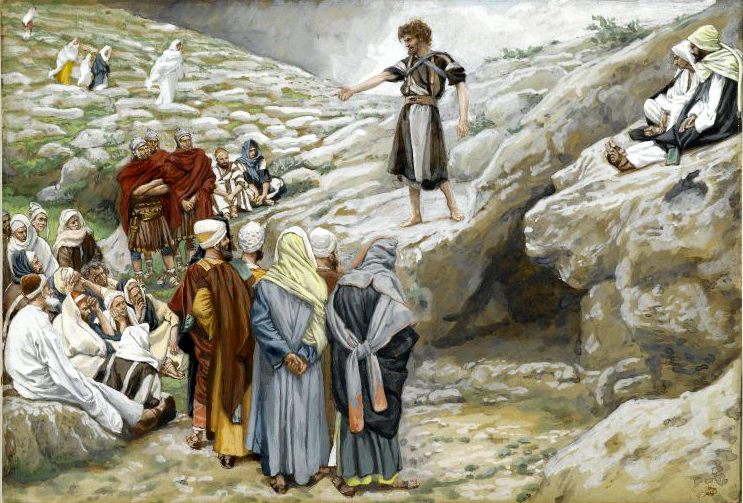
Luke 3:10-14 (Huck 3; Aland 15; Crook 18)For abbreviations and bibliographical references, see “Introduction to ‘The Life of Yeshua: A Suggested Reconstruction.'”… Luke 3:8), see E. … Scheffler, “The Social Ethics of the Lucan Baptist (Lk 3:10-14),” Neotestamentica 24.1 (1990): 21-36, esp. 27; J. Liebenberg, “The Function of the Standespredigt in Luke 3:1-20: A Response to E H Scheffler’s The Social Ethics of the Lucan Baptist (Lk 3:10-14),” Neotestamentica 27.1 (1993): 55-67, esp. 60-62…. See Foakes Jackson-Lake, 1:103; Scheffler, “The Social Ethics of the Lucan Baptist (Lk 3:10-14),” 28.
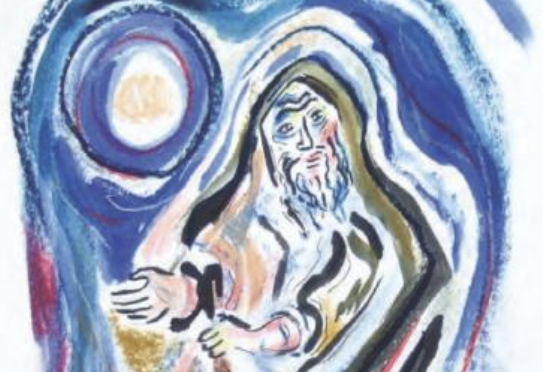
Some time ago, I happened upon an amazing story about the miracle-worker Hanina ben Dosa that is almost unknown and sheds new light on the Jewish background of the Christian gospels. In the last 50 years or so, Gospel scholars, particularly Jewish scholars, have increasingly seen the importance of Jesus’ Jewish origins and his Galilean roots. Further, they have come to understand that Jesus was part of a Galilean branch of Judaism that was more rural and relaxed, and distinctively hasidic (pietistic).See Safrai, “Jesus and the Hasidim.”

We hear in Matthew 8:19 of another man who was warned by Jesus of the price he would have to pay after he perhaps too quickly and easily blurted out, “Teacher, I will follow you wherever you go!”
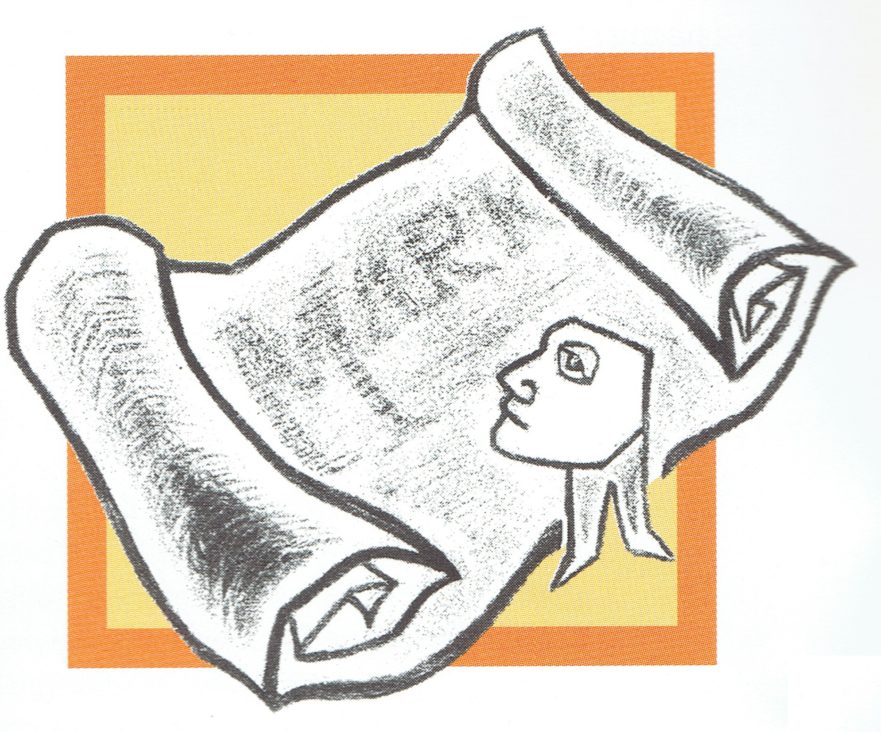
This essay was originally composed as a companion to Robert Lindsey’s article “My Search for the Synoptic Problem’s Solution (1959-1969).”
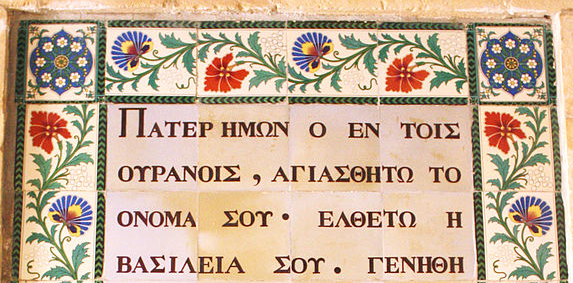
“Let It Be Done”
The key to understanding this petition in Matthew 6:10 is the Greek word γενηθήτω (genēthetō), translated “be done.” … Therefore hōs may be a scribal addition due to the influence of “as we also have forgiven” in Matthew 6:12.

(Luke 2:7-10; RSV)
This very Semitic pattern of connecting clauses with “and” would seem starkly out of place in any Greek text—Greek simply does not express itself in such a fashion.